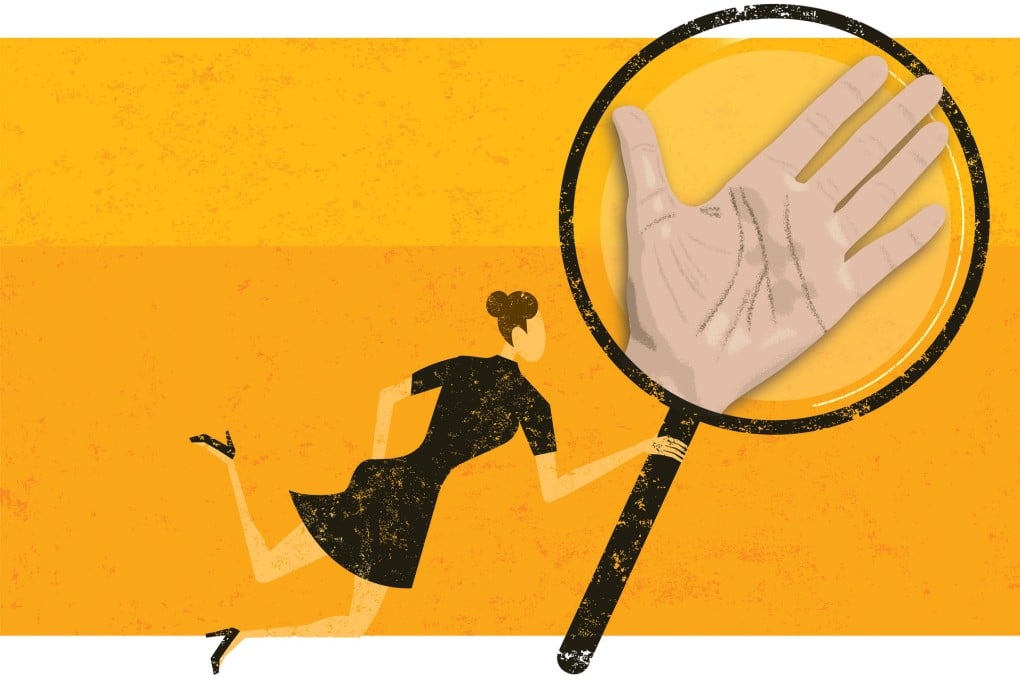Men: what your finger size says about you
If you want to know the measure of a man, check his fingers

In palmistry, each of our fingers reveals something about our personality and character. A prominent middle finger, for example, is said to represent a serious and intense nature, while a little finger that stands out naturally from the hand shows a very independent and outspoken person.
While palm reading sceptics would dismiss that as quackery, new scientific studies actually show the fingers - in particular, the lengths of the index and ring - are associated with many traits from sexual orientation to sperm counts, musical ability to sporting prowess, and even risk of health problems such as autism, depression, heart attack and breast cancer.
The relative lengths of the index and ring fingers, also known as the 2D:4D ratio or digit ratio, depends on one's exposure to the male sex hormone testosterone and the female sex hormone oestrogen while still a foetus in their mother's belly. Previous studies have shown that a higher exposure to testosterone relative to oestrogen leads to longer ring finger in comparison to the index, or a lower digit ratio.
In one of the latest published studies on digit ratio, researchers at the University of Cambridge's Division of Biological Anthropology found distance runners with lower digit ratios clocked faster times - a correlation notably strong in men, but also present in women.
The scientists correlated the finding with a man's "reproductive potential", which, like endurance running ability, has a negative relationship with digit ratio.
"The observation that endurance running ability is connected to reproductive potential in men suggests that women in our hunter-gatherer past were able to observe running as a signal for a good breeding partner," says the study's lead author Dr Danny Longman, a postdoctoral fellow.
Published a fortnight ago in the journal , the study involved 542 runners who participated in the 2013 Robin Hood Half Marathon in Nottingham. Among the male participants, the average digit ratio was 0.94 for the left hand and 0.97 for the right; among the women, it was 0.98 and 1.01 respectively.
